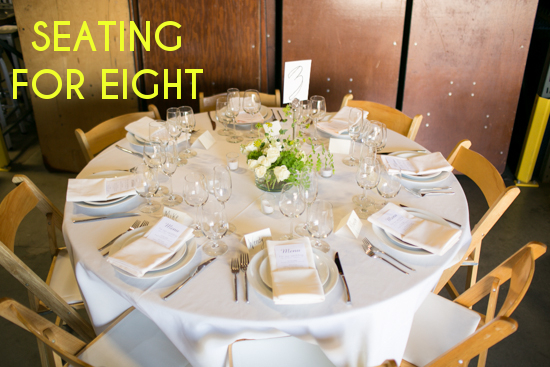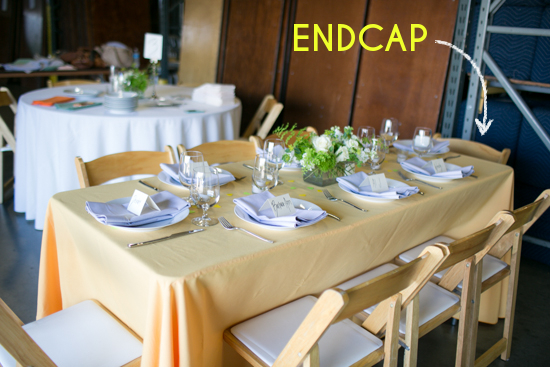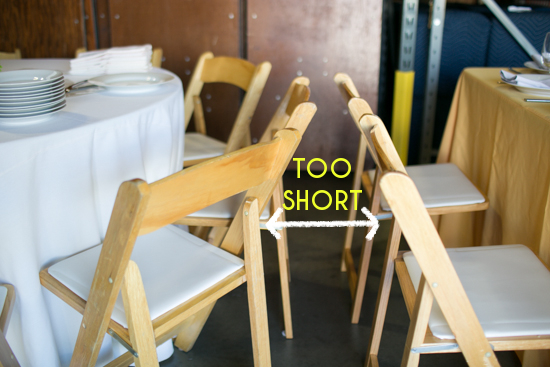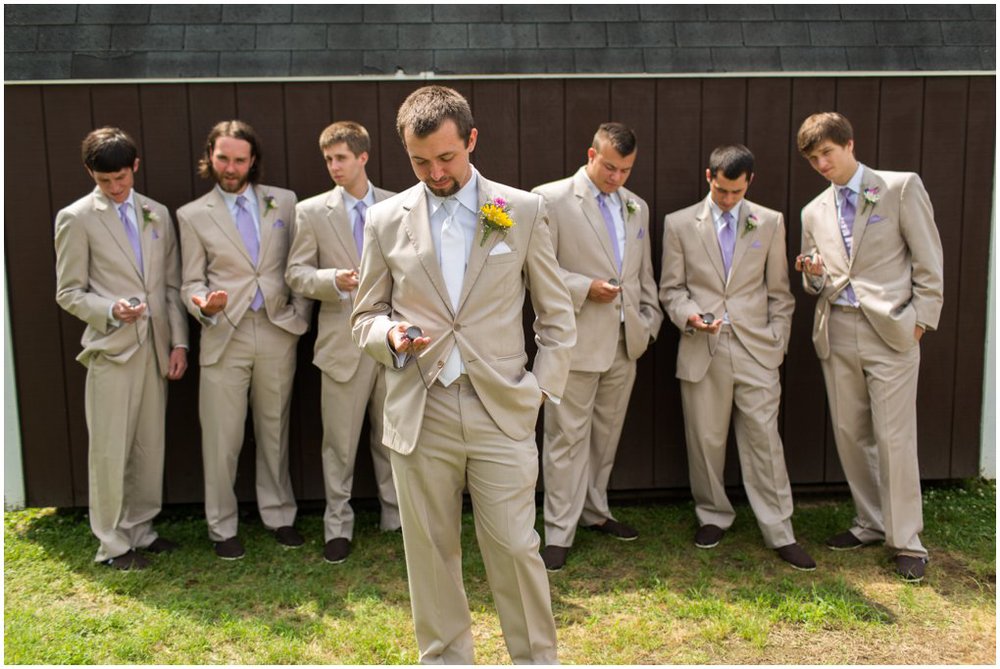How to Pick a Song for the First Dance at Your Wedding

Maybe you're dreading the much-hyped first dance. Or could it be that flaunting some fancy footwork is your ultimate fantasy? Which of the seven dancing personality prototype do you guys fit into? Figure out where you belong, and then do yourself a favor: learn the ropes from a pro. Whether you have a band of DJ, they should be able to provide you with a close proximity to the song you request. In the end, a first-class first dance will come down to confidence, chemistry, and a whole lot of attitude.
Couple #1: The Traditionalists
For Emily Post's poster children, the first dance is no trifling matter. In fact, many by-the-book brides and grooms regard their dance-floor debuts as the ultimate opportunity to drive home a display of grace and good taste. What "classic" lacks in risk-taking, it more than makes up for in elegance. Hopefully, you have the moves to do the moment justice.
- Songs to Sample: "At Last" by Etta James; "Moondance" by Van Morrison; "Unforgettable" by Nat King Cole; "Fly Me to the Moon" by Frank Sinatra; and "Stardust" by Billy Ward & His Dominoes
Couple #2: The Jesters
With your radars permanently set to "irreverent," your first dance of course will provide excellent fodder for joke-cracking and other forms of farce. Choose a cheeky song to communicate your insouciant sense of humor. You can obnoxiously ham it up or roll your eyes with a mischievous air of irony.
- Songs to Sample: "She's No Lady" by Lyle Lovett; "Let's Call the Whole Thing Off" by Ella Fitzgerald and Louis Armstrong; "I Think I Love You," by The Partridge Family; and "Love is Strange" by Mickey & Sylvia
Couple #3: The Hipsters
You live in a renovated loft. There's more gadgets than homegoods on your bridal registry. Ever on the pulse of "what's hot," an old-fashioned standard just isn't suited to your too-cool-for-school sensibility. After all, you can't stand cliches. Still, you're game for first-dance formalities -- as long as the artist is of the Tom Waits or Aimee Mann ilk. Just remember, a song with no beat can cause a first dance meltdown, so don't sacrifice a good beat for the sake of hipness.
- Songs to Sample: "Ice Cream" by Sarah McLachlan; "Truly, Madly, Deeply" by Savage Garden; "Fever" by Peggy Lee; "Wild Horses" by The Sundays; and "Head Over Feet" by Alanis Morissette
Couple #4: The Hopeless Romantics
A passionate, sentimental pair, one of you always seems to be uttering the words, "They're playing our song." And suddenly you're both in tears, shamelessly waltzing and/or smooching in train stations, ballparks, and grocery aisles. Lyrics, just as much as melody, are important to you: poetic, intense, and emotional.
- Songs to Sample: "You're All I Need to Get By" by Marvin Gaye and Tammi Terrell; "I Believe (When I Fall in Love It Will Be Forever)" by Stevie Wonder; "In Your Eyes" Peter Gabriel; "Somebody" by Depeche Mode; "Unchained Melody" by The Righteous Brothers
Couple #5: The Rebels
Some people call your sense of style unorthodox -- others call it unseemly. You generally raise eyebrows wherever you go, but beneath all the attitude, tattoos, and leather, there's a little part of you that can kind of get with the first-dance hype. As with other aspects of your anarchistic lifestyle, your spin on the dance floor will be less about making a scene than it is about making a statement.
- Songs to Sample: "Like a Virgin" by Madonna; "You've Got to Hide Your Love Away" by The Beatles; "Start the Commotion" by The Wiseguys; "The Joker" by Steve Miller Band; and "Sweet Emotion" by Aerosmith
Couple #6: The Shrinking Violets
We don't want to call you scaredy-cats, but as a rule, you eschew the spotlight for fear of looking foolish. The solution: Alleviate the pressure and sway to a song that's familiar, easy to dance to, and innuendo-free. "Cute" is also pretty easy to pull off. Don't worry, if you can walk, you can dance. Let that be a comfort to you. Professional dance lessons will be essential to a successful spin on the dance floor, so go for it! Start about six months before the wedding. With enough practice and preparation, you'll be comfortably -- and confidently -- cutting a rug in no time.
- Songs to Sample: "What a Wonderful World" by Louis Armstrong; "Chances Are" by Johnny Mathis; "The Way You Look Tonight" by Frank Sinatra; "Dream a Little Dream of Me" by The Mamas and the Papas; and "Cupid" by Sam Cooke
Couple #7: The Smooth Operators
You can't keep your hands off each other in public. You've got movie-star good looks. And you're never afraid to strut your stuff. Turn up the heat with a tune that's sexy, sensual, and made for moving and grooving.
- Songs to Sample: "Cruisin'" by Smokey Robinson; "Can't Take My Eyes Off of You" by Lauryn Hill; "By Your Side" by Sade; "Beautiful" by Mary J. Blige; and "Ribbon in the Sky" by Stevie Wonder
Originally posted at www.theknot.com/content/how-to-find-your-wedding-songs











